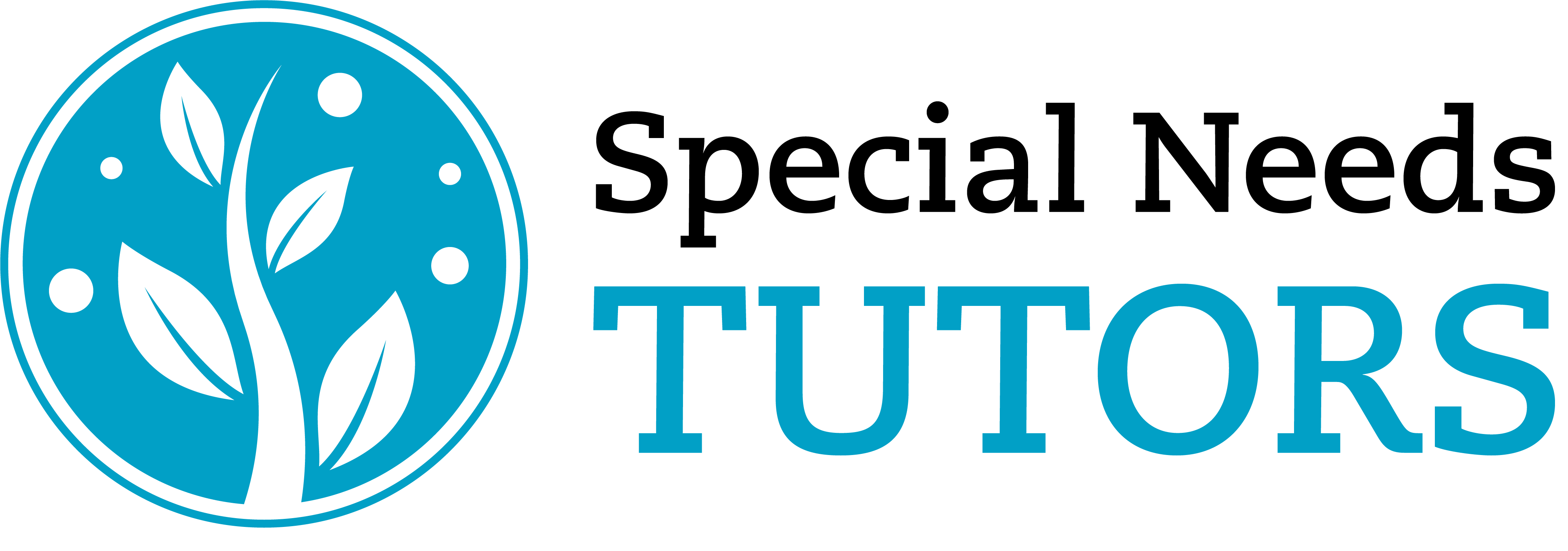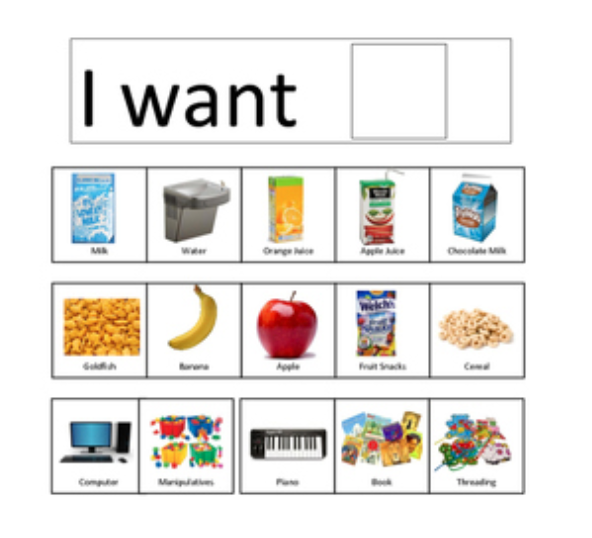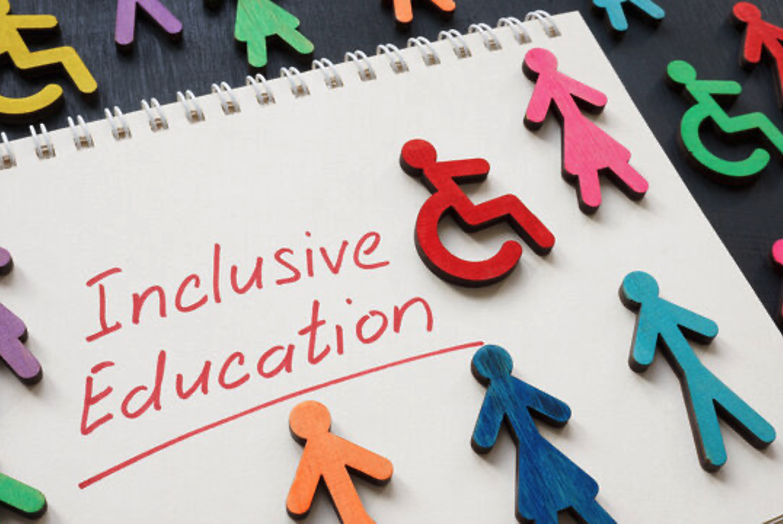Assistive Technology
Communication Strategies
How to Help your Child Stay on Task
When a learner with special needs has difficulty accessing the world around them, educators can assign specific assistive technology (AT) devices to support the learner. AT devices are used to participate and accomplish specific tasks that should otherwise be difficult or impossible. This allows the learner to be successful in school, at home, and in the community. Assistive technology is “…the utilization of adaptive, assistive, and rehabilitative devices for the people, having certain learning disabilities” (Fteiha, 2017, pg. 36).
In the world of AT devices, there are high-tech and low-tech equipment. High-tech devices are generally range in expense and are electronically operated. High-tech devices can assist in the areas of communication, academics, and independent living. Here are some examples for each of these three areas.
Communication:
- Augmentative and Alternative Communication device (text-to-speech, speech-to-text, hearing aids, and/or assistive listening device).
- Altering device (This is an awareness device for people who are deaf/hard of hearing. It will alert them to a fire alarm, doorbell, telephone call, etc.)
- Amplified phone (This device turns speech into a text-message for the user. Great for family members who would like to converse with an individual without spoken language.)
Academics:
- Keyboard alternatives (This device changes the screen to a typical computer. For example, on-screen keyboard, and touch screen.)
- Word prediction programs (Co-writer, SoothSayer, Telepathic 2000) These programs allow the user to speak instead of writing or using a mouse.
Independent Living:
- Electric Wheelchair (Allows for mobility when transitioning around the community.)
- Digital recorders (This allows the individual to record lectures in college, directions from a boss, etc.)Low-tech devices are items that do not require much training, are less expensive and are manually used.
Low-tech devices are equipment that do not require much training and are generally less expensive. Low-tech devices can assist in the areas of communication, academics, and independent living. Here are some examples for each of these three areas.
Communication:
- Visual Supports (Support system implemented to provide a visual representation. This can include schedules, First/Then boards, communication board (PECS), token boards, etc.)
- Velcro (Velcro is used to affix laminated pictures to a Picture Exchange Community System (PECS) board allowing the user to communicate their wants/needs.)
Academics:
- Graphic Organizers
- Slant Board
- Tactile Ruler
- Pencil Grip
Independent Living:
- Binder Clip (Used as a grip for turning pages in a book.)
- Jumbo materials (This type of support can transform any type of usable object such as paper, materials, text into a larger print size or grip size.)
Resources
Fteiha, M. A. (2017). Effectiveness of assistive technology in enhancing language skills for
children with autism. International Journal of Developmental Disabilities, 63(1), 36–44.
https://doi-org.libproxy.chapman.edu/10.1080/20473869.2015.1136129
Related posts






